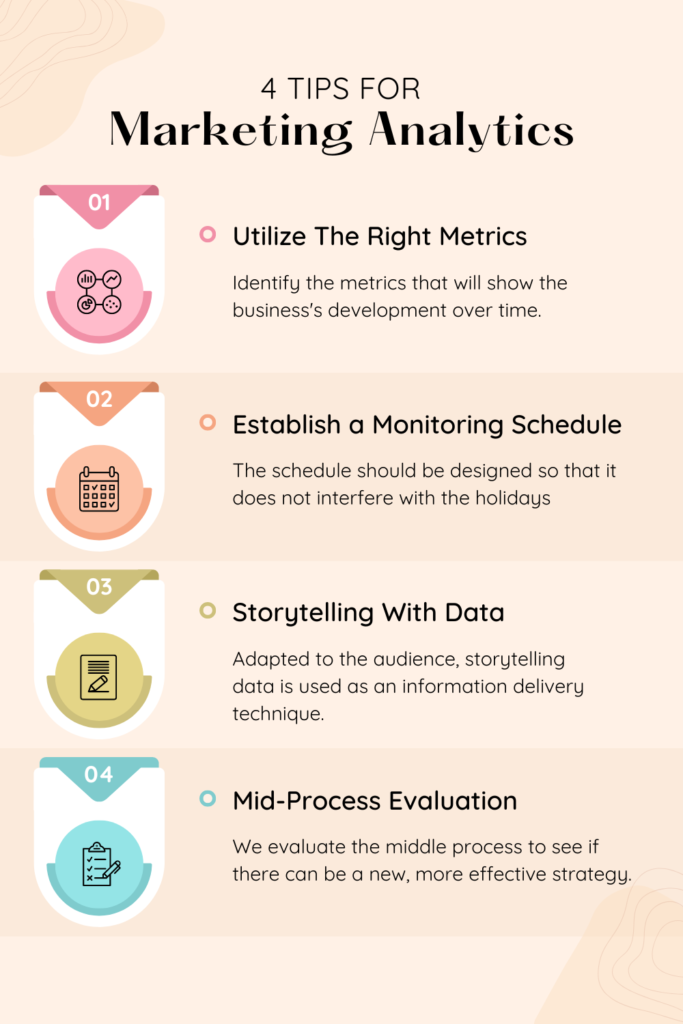Measuring the success of an affiliate marketing program is essential for businesses that want to maximize their profits and stay competitive. It’s important to know what is and isn’t working so that you can adjust your approach and make sure you’re getting the best possible return on your investment. In this blog post, we’ll be discussing some of the best ways to measure affiliate marketing for your business. We’ll cover topics such as tracking commissions, using analytics tools, and evaluating the performance of individual affiliates.
Set up tracking
When it comes to measuring the success of your affiliate marketing efforts, it’s important to first set up tracking. This allows you to accurately track data related to affiliate advertising and measure the results of your strategies.

Before you can begin tracking, you’ll need to establish goals. Are you looking to increase brand awareness? Drive traffic to your website? Or generate leads? Knowing what you want to accomplish will help you choose the right metrics and ensure that your affiliate data analytics provide actionable insights.
Once you have determined your objectives, you’ll need to decide how to collect data on them. Consider using tools like Google Analytics or an affiliate management software platform to track conversions and measure engagement across different campaigns. With these in place, you’ll be able to measure the performance of each individual channel and use that data to improve your affiliate marketing strategies.
Determine your goals
Before you can measure the success of your affiliate marketing efforts, you need to determine what you’re aiming for. This will help you decide which affiliate data analytics are important and which strategies you should focus on. When setting goals, consider both short-term and long-term objectives. Some common affiliate marketing goals include: increasing brand visibility, driving website traffic, generating leads, and boosting sales. Consider using specific key performance indicators (KPIs) such as click-through rate, cost per acquisition (CPA), and return on investment (ROI). Having clear goals and a specific plan in place will make it easier to measure the success of your affiliate advertising activities.
Choose the right metrics
When it comes to measuring the success of your affiliate marketing, it’s important to choose the right metrics. Metrics such as website visits, click-through rate, and revenue are all key indicators of how successful your affiliate marketing efforts are. However, to really maximize the effectiveness of your affiliate marketing efforts, you need to go beyond basic metrics and look at the data in more detail.
For instance, if you are focusing on affiliate advertising, you can use affiliate data analytics to measure click-through rates and conversions. This will help you determine which specific campaigns and strategies are most effective. Additionally, you should also track your customer lifetime value (CLV) to get a better understanding of how valuable each customer is over their lifetime.

To ensure that you are making the most out of your affiliate marketing efforts, it’s important to choose the right metrics for your goals. By tracking relevant metrics and analyzing the data, you can get a better idea of what is working and what needs to be improved upon when it comes to your affiliate strategies.
Track conversions
When it comes to measuring affiliate marketing, tracking conversions is one of the most important steps. Conversion rates are a metric that can be used to determine how effective your affiliate strategies are. The goal should be to ensure your affiliate advertising produces a higher rate of conversions than other sources. To track conversions, you’ll need to set up an affiliate data analytics program or software. This will allow you to identify which visitors are converting, where they are coming from, and the type of content that resonated with them. You can also use the data to optimize your strategies and better target future campaigns. By understanding the entire user journey, you can create more targeted content and improve overall conversion rates.
Analyze your results
Once you have gathered your affiliate data analytics, it’s time to analyze your results. Carefully review the performance of your affiliate marketing strategies to identify what’s working and what’s not. Are you getting enough clicks? Are people converting? Are they converting at a high enough rate?
When looking at your affiliate data analytics, consider the following metrics to determine the success of your affiliate advertising: impressions, clicks, conversion rate, average order value, return on ad spend, and cost per acquisition. Take note of any trends in these metrics to help you make more informed decisions about your affiliate marketing strategies.
For example, if you notice that your conversion rate is low, you can experiment with different strategies to try and improve it. Try creating better ads or landing pages, offer more attractive incentives, or target different demographics to multiple consumer marketing groups. Analyzing your affiliate data analytics will help you understand where your business needs improvement and what tactics are working best for you. With this information in hand, you can make more informed decisions about your affiliate marketing strategies to maximize their success.


